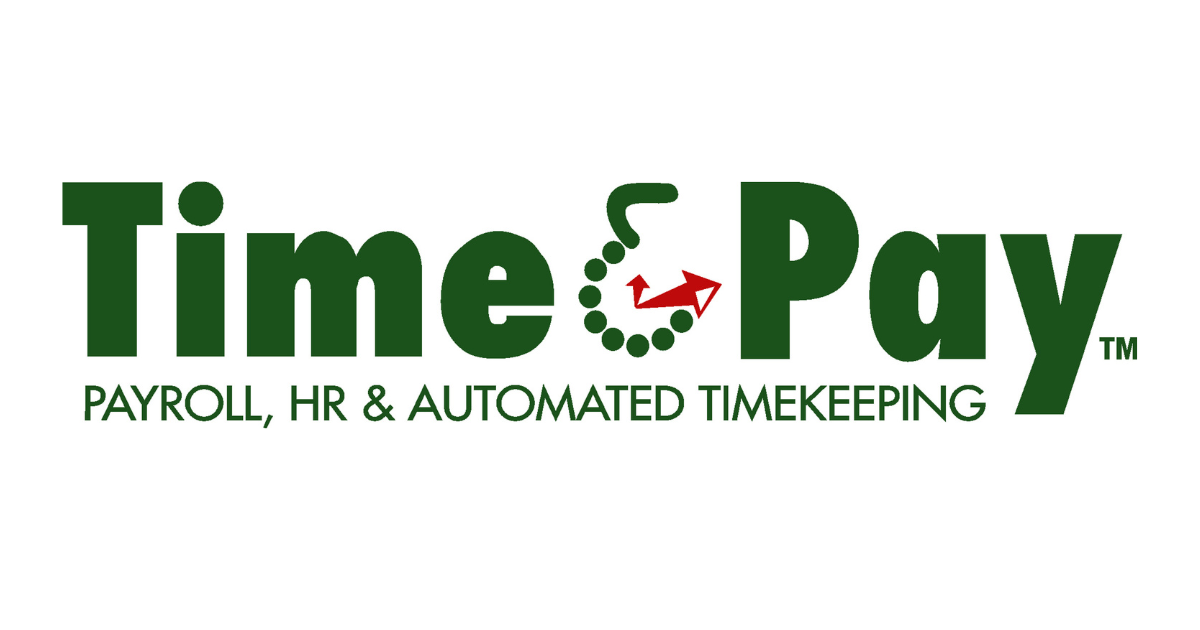How to Decide Pay Frequency for Employees
Table of Contents
Pay Frequency Options
First, let’s explore the various pay frequency options available to you:
Weekly
Paying employees every week might sound ideal if you want to attract employees who prefer more frequent paychecks. However, will you have the cash flow to cover payroll liabilities consistently? And can you process payroll every single week without fail?
Biweekly
Biweekly pay (every two weeks) is quite common, but comes with its own set of questions. Will your employees be content with getting their paychecks less frequently? Could this lead to employee retention issues down the road if they prefer more frequent payments?
Semi-Monthly
Paying employees twice a month seems like a good middle ground. But do you have the tools in place to track overtime and employee hours accurately? This frequency requires solid systems to ensure that nothing falls through the cracks.
Monthly
Monthly pay might simplify your processes by reducing payroll cycles. However, does your state even allow you to pay employees less than twice a month? Additionally, will your employees be okay waiting an entire month to receive their wages?
Cash Flow Considerations
When deciding on pay frequency, cash flow is a significant factor. Weekly pay means you'll need consistent cash reserves to cover payroll every seven days. Monthly pay may give you some breathing room, but you'll need to manage and forecast your cash flow carefully. Make sure your choice aligns with your financial capabilities to avoid any hiccups.
Employee Retention Issues
Employee satisfaction plays a significant role in retention. Some employees might prefer weekly payments, and moving to a biweekly or monthly schedule could potentially cause dissatisfaction. It's essential to gauge your employees' preferences and find a balance that keeps them happy while also being manageable for your business.
Tracking Overtime and Employee Hours
With semi-monthly or biweekly pay schedules, accurately logging overtime and employee hours becomes crucial. Do you have effective tools or systems in place to manage this? Mistakes in payroll can lead to unhappy employees and even legal complications.
Legal Considerations
Lastly, don’t forget the legal aspects. Different states have various laws about how often you can pay your employees. For instance, some states do not allow monthly pay and require at least semi-monthly pay schedules. Make sure you are fully aware of your state and local laws before making a decision.
Making the Right Decision
Ultimately, the best pay frequency for your business will depend on your schedule, cash flow, employees’ needs, and legal obligations. Take the time to research, plan, and perhaps even consult experts to find the right balance.
Ready to set up the most efficient payroll system for your business? Contact us here for expert guidance tailored to your unique needs. Your employees and your bottom line will thank you!
Contact Us
We will get back to you as soon as possible.
Please try again later.




